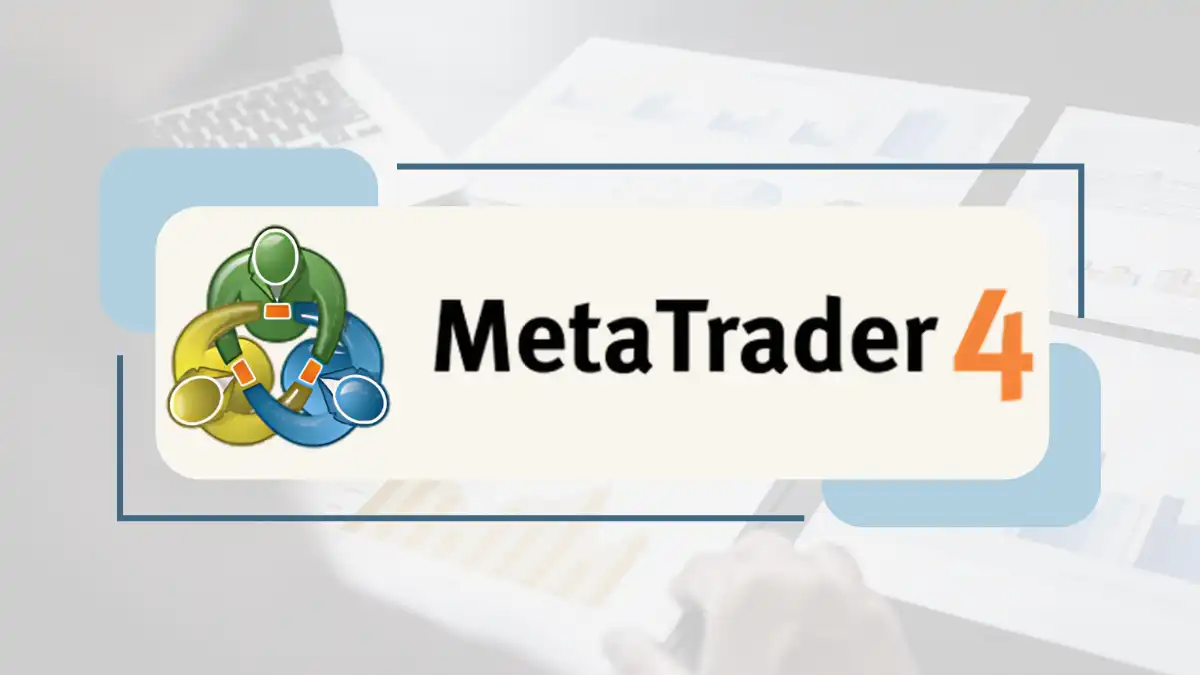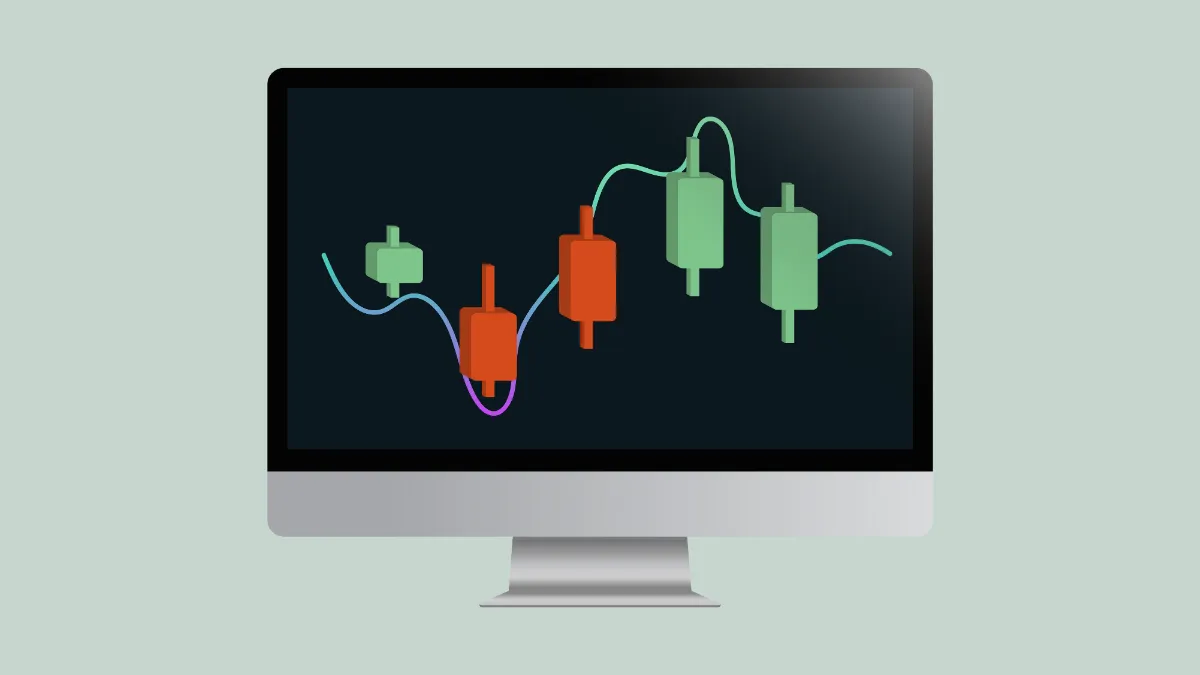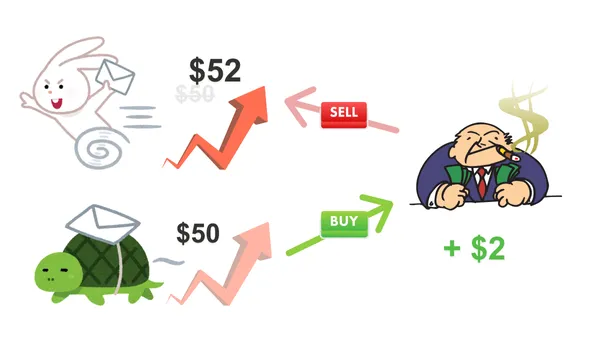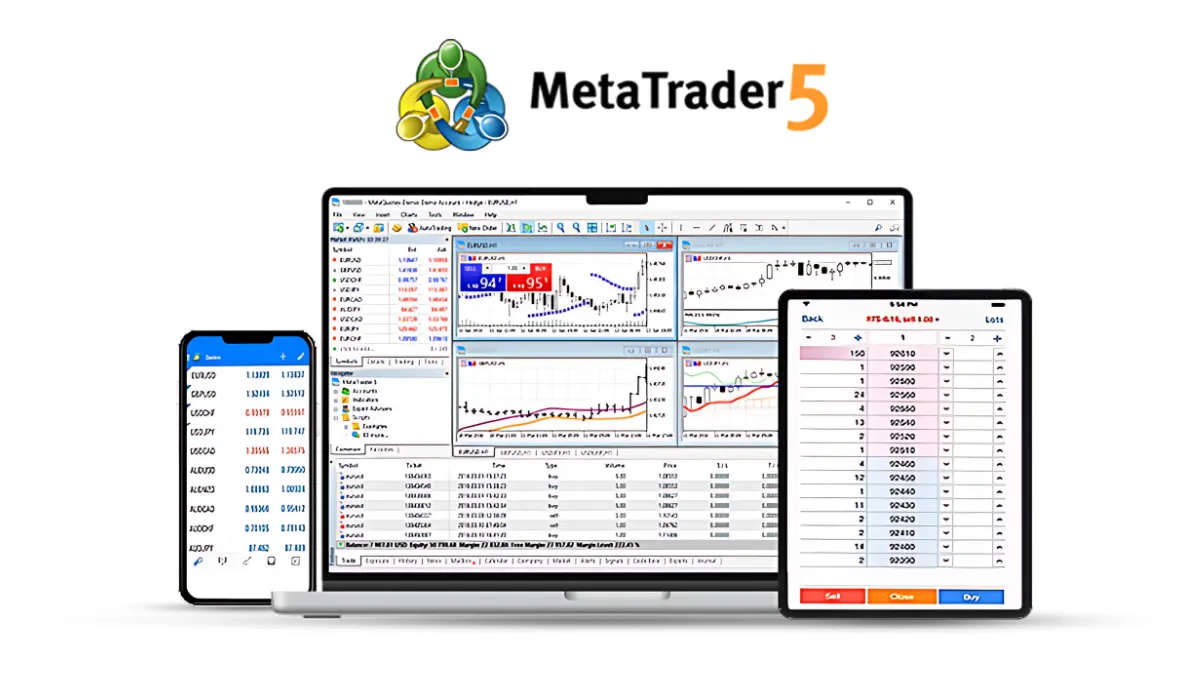How to Understand MT4 Backtesting Reports? (A Must-Learn for Beginners)
You have already learned how to backtest an Expert Advisor (EA) in MetaTrader 4 (MT4).Backtesting is like running a simulated exam for your EA strategy using past market data.
After running it, MT4 will give you a "report card," which is the backtesting report.
Understanding this report is important because it helps you preliminarily judge how the EA strategy performed in the past and identify potential risks.
This article will teach you how to understand the most important parts of the report.
Where to Find the Report?
After the backtest is completed, several new tabs will appear in the "Strategy Tester" panel at the bottom of MT4.The most important summary information is usually in the "Report" tab.
You can also right-click on the report and select "Save as Report" to save it as a webpage file for easy future reference.
Key Numbers to Understand in the Report:
1. Total Net Profit:
Meaning: This indicates how much money the EA strategy made or lost during the entire backtesting period. A positive number means profit, and a negative number means loss.Note: This is one of the most important results, but do not look at this number alone. High profits may come with high risks.
2. Maximal Drawdown:
Meaning: This number tells you how much your Demo Account balance dropped from its highest point during the backtesting period. It usually shows an amount and a percentage.Why It Matters: This number represents the maximum risk or "valley" the strategy might face. A lower percentage generally indicates better loss control in the past and relatively lower risk. This is a key risk assessment indicator.

3. Profit Factor:
Meaning: This is the number obtained by dividing total profit (sum of all winning trades) by total loss (sum of all losing trades).Why It Matters:
- If the profit factor is greater than 1, it means the strategy made more money than it lost during the backtest.
- If the profit factor equals 1, it means the money made equals the money lost.
- If the profit factor is less than 1, it means the strategy lost more money than it made.
4. Total Trades:
Meaning: This indicates how many buy and sell trades the EA executed during the backtesting period.Why It Matters:
- If the number of trades is too low (for example, only a few), the backtest results may not be reliable and could be due to luck.
- If the number of trades is very high, trading costs (such as spread and commission) may have a significant impact on the final results.
Looking at the Graph: Equity Curve (Graph)
Besides numbers, the "Graph" tab is also very useful. What It Is: This is a curve showing how your Demo Account balance (equity) changes over time.
What It Is: This is a curve showing how your Demo Account balance (equity) changes over time.How to Read It:
- A steadily upward curve usually indicates the strategy performed relatively stably in the past.
- A highly volatile curve with sharp ups and downs, even if ultimately profitable, may indicate higher strategy risk and emotional ups and downs like a roller coaster.
- A long-term downward curve clearly indicates the strategy was losing money in the past.
Most Important Reminders (Must-Read for Beginners):
- Past Does Not Equal Future: The backtesting report shows how the strategy performed in the past. This absolutely does not guarantee it will have the same results in the real market in the future. The market is always changing.
- Beware of "Over-Optimization": Sometimes, people keep adjusting EA parameters to make the backtesting report look perfect. But such a "tailor-made" strategy may only work for past data and may not adapt to future markets.
- Backtesting Is Only the First Step: After reviewing the backtesting report, if you think the EA strategy looks good, the next step is to test it on a Demo Account. Let it run in a live market environment for a while to see actual performance before considering using real funds.
Understanding backtesting reports is an important step in evaluating an EA, but it is by no means the final step.
It helps you filter out obviously bad strategies and understand potential risks, but always remain cautious and combine it with demo testing for final judgment.
Hi, We are the Mr.Forex Research Team
Trading requires not just the right mindset, but also useful tools and insights.Here, we focus on Global Broker Reviews, Trading System Setup (MT4 / MT5, EA, VPS), and Forex Trading Basics.
We personally teach you to master the "Operating Manual" of financial markets, building a professional trading environment from scratch.
If you want to move from theory to practice:
- Help share this article to let more traders see the truth.
- Read more articles on Broker Tests and Forex Education.





